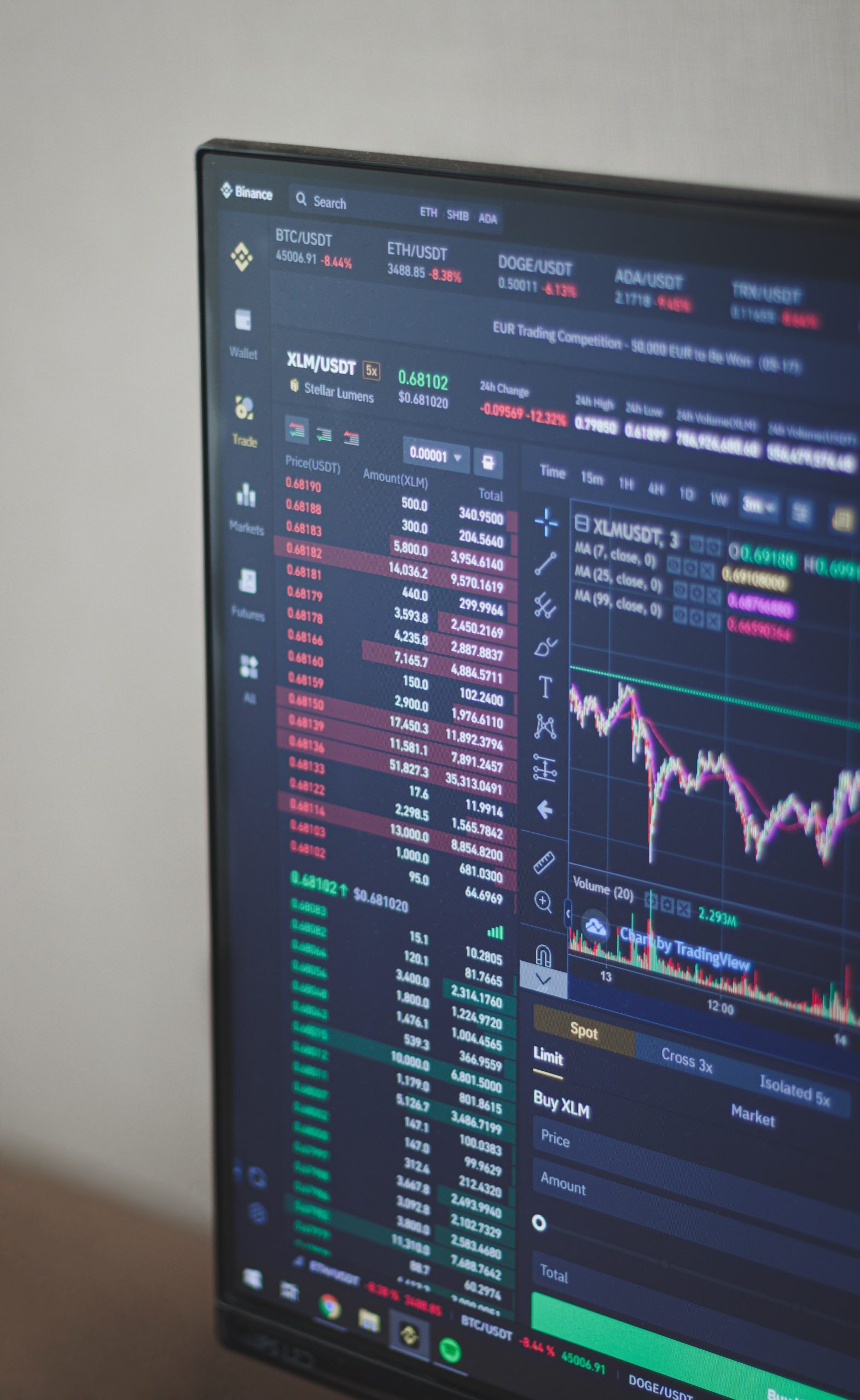The aftermath of the 2008 financial crisis saw many regional banks in the US struggling to stay afloat. To prevent an all-out collapse, the government stepped in with a bailout package that injected much-needed funds into these institutions. However, years later, investors remain cautious as they see little improvement in US regional bank stocks. In this blog post, we’ll explore why investor confidence is still shaky and what the future might hold for these banks. Let’s dive in!
The Troubled US Regional Banks
The US regional banks have long been a backbone of the country’s economy, providing support to small businesses and individuals in local communities. However, these institutions were hit hard by the 2008 financial crisis, which exposed their vulnerabilities and left many struggling to stay afloat.
Unlike larger national banks that had access to government bailouts or could raise capital through stock offerings, regional banks lacked these options. As a result, they often resorted to risky lending practices or sold off assets at fire-sale prices just to survive.
The situation was exacerbated when interest rates plummeted after the crisis. This made it difficult for regional banks that relied on traditional banking activities like deposits and loans for revenue growth.
As a consequence of all this turbulence in the industry over the years, investors have become increasingly wary about investing in US regional bank stocks. Although some have fared better than others, overall there remains much uncertainty around their future viability as profitable investments.
The Bailout and its Aftermath
The Troubled US Regional Banks received a bailout from the government during the financial crisis to help stabilize their operations. The relief was aimed at providing liquidity and improving credit markets, but despite these efforts, many of these banks saw little improvement in their stock prices.
The Bailout had several conditions attached to it that were designed to prevent future failures. One of those conditions included strict regulatory oversight to ensure compliance with lending standards and risk management practices.
However, even with these safeguards in place, many regional banks continued to struggle. Some were forced into mergers or acquisitions as a result of mounting losses on bad loans while others faced severe challenges in attracting new customers due to their tarnished reputations.
Despite this tumultuous journey for regional banks post-bailout, there have been some positive outcomes as well. With increased regulation and stricter governance measures in place, the banking system has become more stable than before.
The Bailout had significant consequences for affected institutions and helped prevent further damage to an already fragile economy. However, its aftermath remains visible today as investors continue exercising caution towards investing in these types of stocks.
Investor Caution
Investors are understandably cautious when it comes to US regional bank stocks, even after the bailout. The 2008 financial crisis taught us all a valuable lesson about the risks involved in investing in banks that can’t weather economic storms.
Many investors have chosen to stay away from regional banks altogether, or at least minimize their exposure. This caution is reflected in the relatively low valuations of these institutions.
Investors who do choose to invest in regional banks need to be especially diligent about doing their due diligence on each institution they consider. They should look closely at factors like asset quality, capital levels and management strength before making any decisions.
It’s important for investors to remember that not all regional banks are created equal. Some may be better positioned than others to withstand future economic downturns.
Ultimately, investor caution is a rational response given the history of US regional bank stocks and the ongoing uncertainty surrounding the economy as a whole. It’s up to each individual investor whether or not they feel comfortable taking on this risk – but caution should always be exercised regardless of one’s decision.
What the Future Holds
With the US economy still struggling to recover from the impact of COVID-19, regional banks are facing more challenges than ever before. The low-interest-rate environment has made it difficult for these banks to generate profits, and many have been forced to tighten their lending standards.
However, there is hope on the horizon as we look towards the future. With vaccinations rolling out across the country and economic stimulus measures being put in place by government officials, there is reason to believe that regional banks will begin to see some improvement.
Moreover, with a new administration in power and a renewed focus on infrastructure spending, regional banks could stand to benefit greatly from increased loan demand for construction projects.
Additionally, technology advancements are making banking easier and more accessible than ever before. Online banking services and mobile apps provide convenience for customers while cutting costs for banks.
All in all, while challenges remain ahead for US regional banks in recovering from past crises and adapting quickly enough within an ever-changing business landscape -there are reasons they can be optimistic about what’s next.
Conclusion
Despite the government bailout program and efforts by regional banks to improve their financial positions, investors remain cautious about investing in these institutions. The lack of significant improvement in stock values shows that there is still much work to be done.
However, it’s not all doom and gloom for US regional banks. With continued efforts towards improving balance sheets through cost-cutting measures and increased lending opportunities, there may be a turnaround on the horizon.
The key takeaway here is that while caution is certainly warranted when it comes to investing in these institutions, there are potential rewards for those who take the time to do their research and make informed decisions based on sound fundamentals. As always, it pays to be vigilant and keep a close eye on developments within this sector over time.









